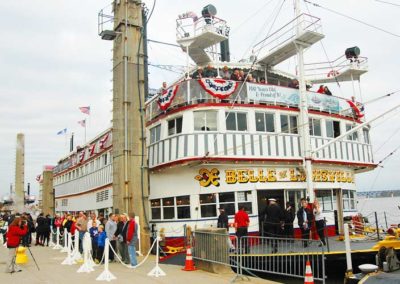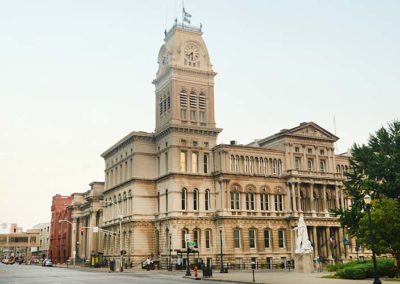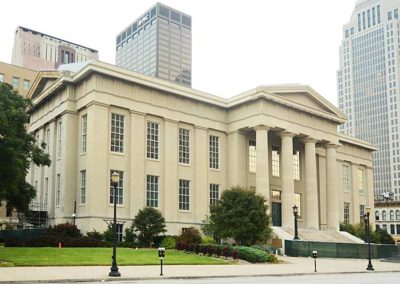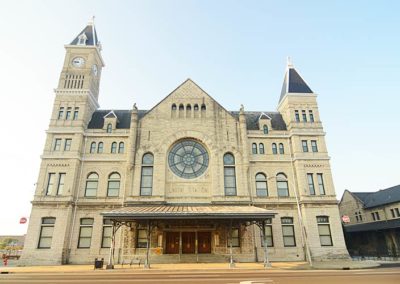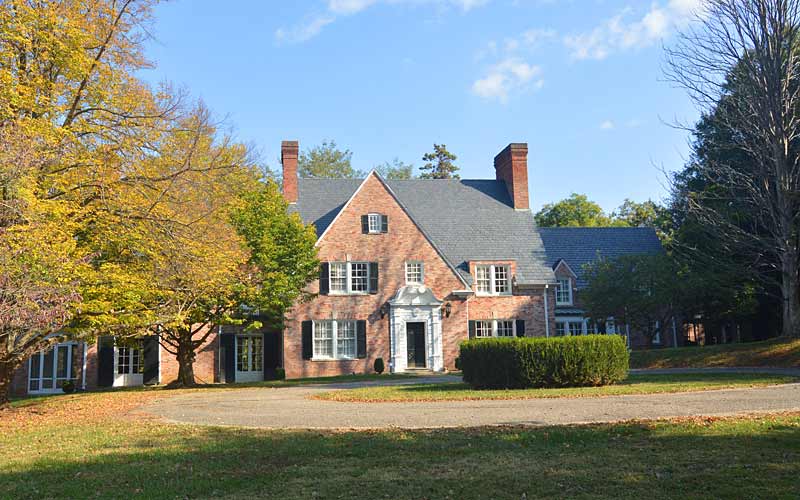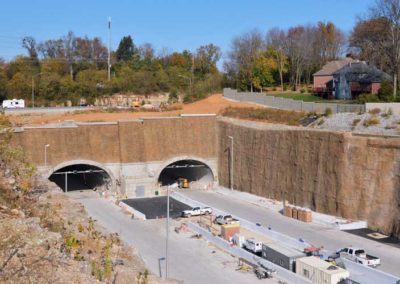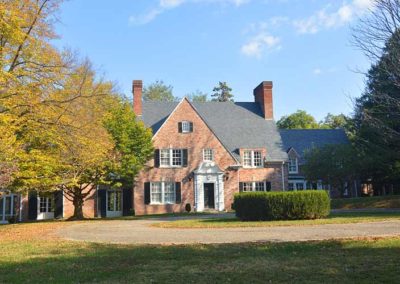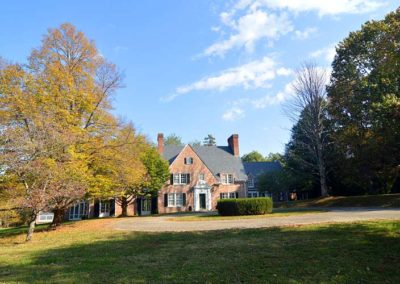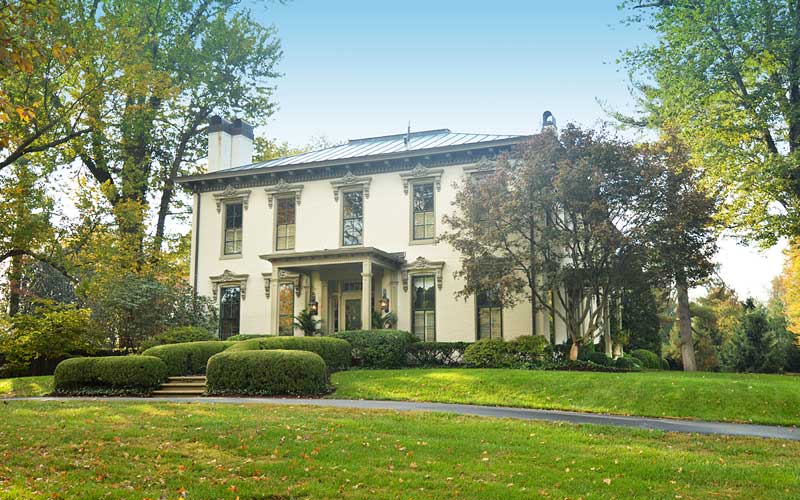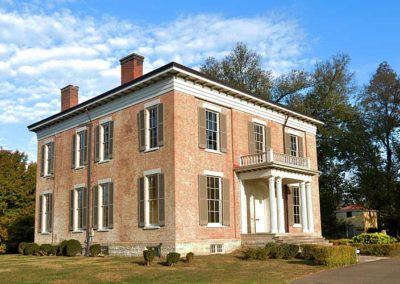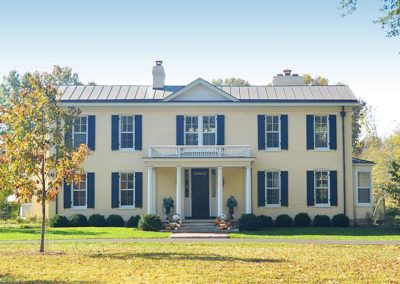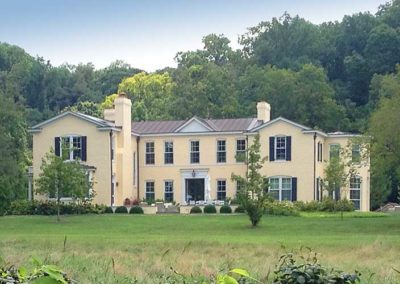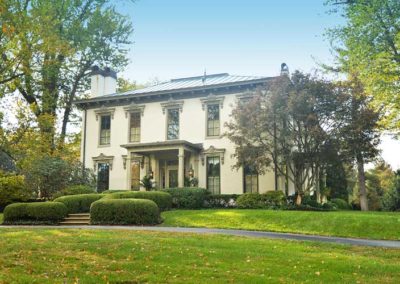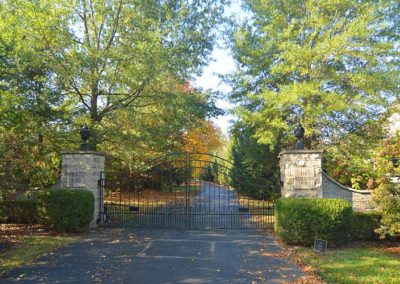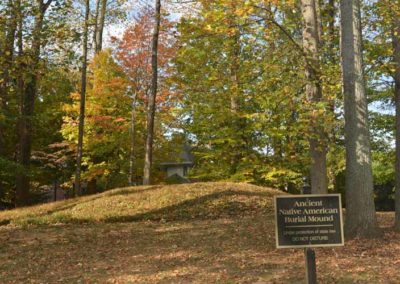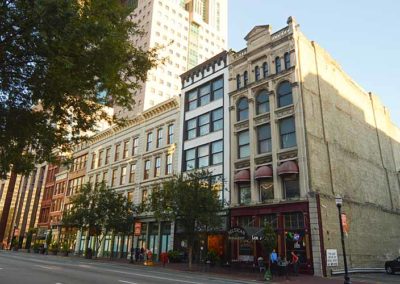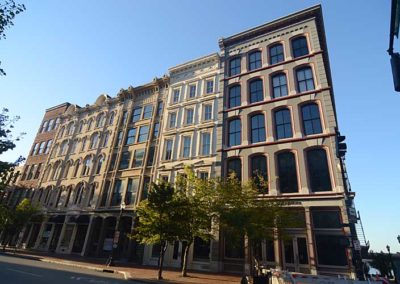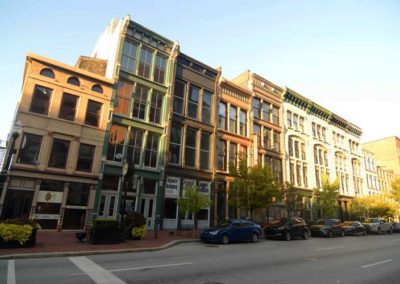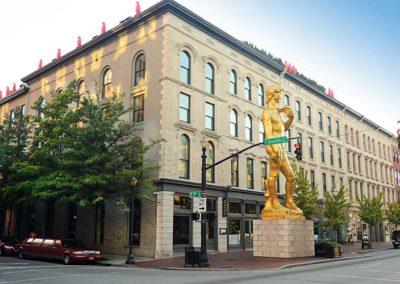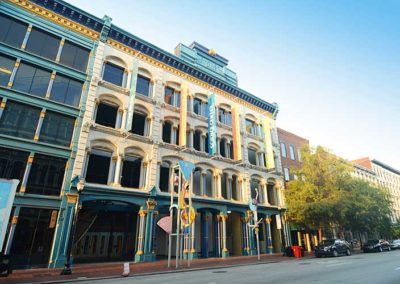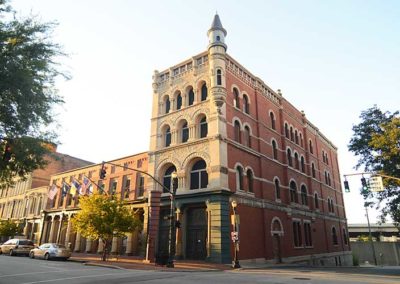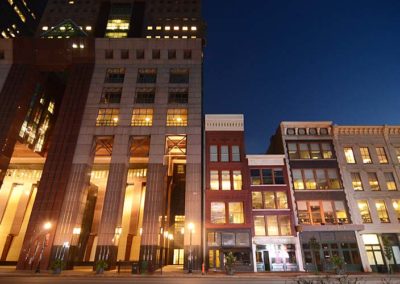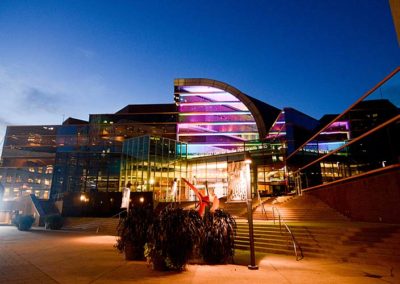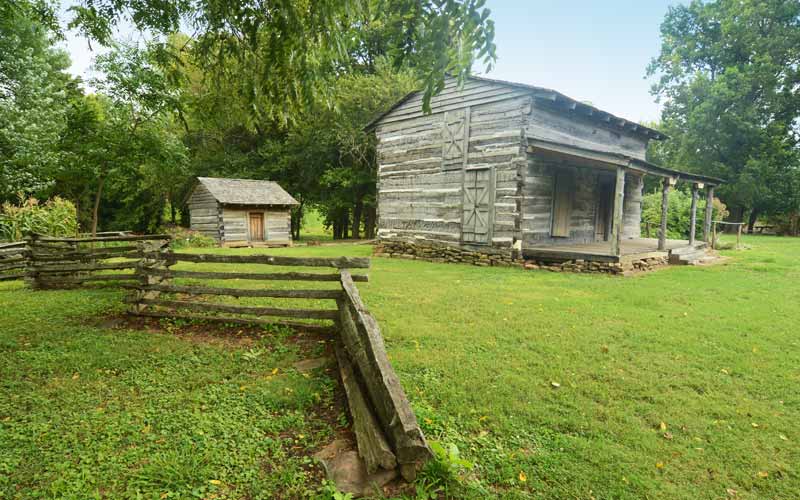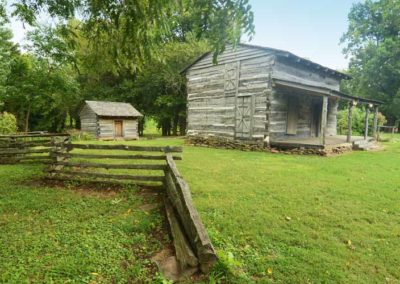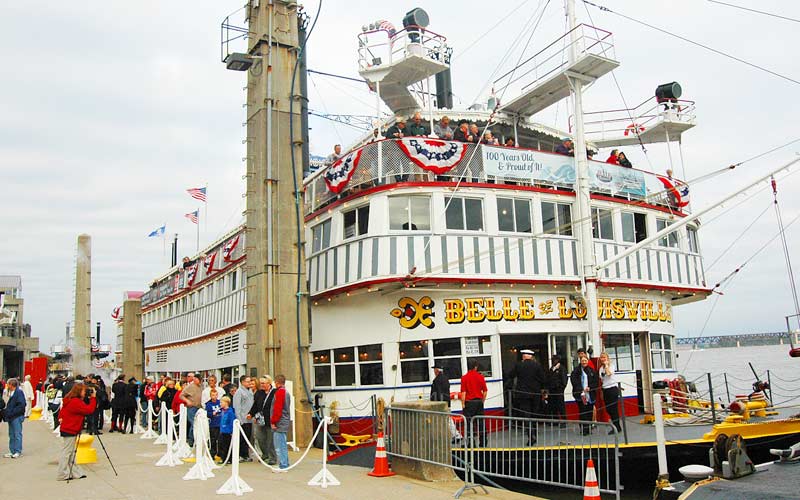
Complete Local Landmarks List
Complete Local Landmarks List

Acomplete list of Metro Louisville Individual Landmarks. Many of these are also National Historic Landmarks.
American Standard Building
S. Seventh St. at Jordan Ave.
Bauer’s / Azalea (since demolished)
3608-3612 Brownsboro Rd.
Belknap Playhouse
Third and Avery St.
Belknap School
1800 Sils Ave.
Belle of Louisville
Third St. and River Rd.
Bellevoir-Ormsby Village
Hurstbourne Green
Brennan House
631 S. Fifth St.
Buechel Depot
2020 Buechel Ave.
Cathedral of the Assumption Complex
433-43 S. Fifth St.
Chestnut St. YMCA/Knights of Pythias
928-32 W. Chestnut St.
Christ Church Cathedral
421 W. Second St.
Church of Our Merciful Savior
473 S. 11 St.
City Hall
601 W. Jefferson St.
City Hall Annex
611 W. Jefferson St.
Cloister/Ursuline Academy & Convent
800 E. Chestnut St.
Clover Hill/Youngland
2618 Dixie Hwy.
Colonial Gardens
818 W. Kenwood Dr.
Crescent Hill Branch Library
2762 Frankfort Ave.
Dean-Bishop House
2114-2116 Edgehill Rd.
Eastern Branch Library
801 S. Hancock St.
Eight-Mile House
8111 Shelbyville Rd.
Farmington
3033 Bardstown Rd.
Field House
2909 Field Ave.
Fire Station #2
617 W. Jefferson St.
Fisher House
15103 Old Taylorsville Rd.
Former Wayside Property
800-812 E. Market St.
215 S. Shelby St.
Funk Springhouse
2101 S. Hurstbourne Pkwy.
German Insurance Bank Building
207 W. Market St.
Grotto at St. Joseph’s Infirmary
Presidents Boulevard & Pirtle
Hanna House
1306 Evergreen Rd.
Hobbs Memorial Chapel and Cemetery
Evergreen Rd.
Anchorage
Jefferson County Armory/Louisville Gardens
525 W. Muhammad Ali Blvd.
Jefferson County Courthouse
530 W. Jefferson St.
Jefferson County Courthouse Annex
517 Court Pl.
Jefferson County Fiscal Court Building
531 Court Pl.
Jefferson County Jail
514 W. W. Liberty St.
Little Loomhouse
328 Kenwood Hill Rd.
Locust Grove
561 Blankenbaker Ln.
Long Run Church and Cemetery
Long Run Rd.
Trust Company Building
208 S. Fifth St.
War Memorial Auditorium
970 S. Fourth St.
Main Branch Library
301 York St.
Male High School
911 S. Brook St.
Mary D. Hill School/Central Colored School
542 W. Kentucky St.
Monsarrat/Fifth Ward School
743 S. 5th St.
Municipal College/Simmons University
1018 S. 7th St.
Nunnlea
1940 Hurstbourne Pkwy.
Omer-Pound House
6609 Billtown Rd.
Parkland Branch Library
2743 Virginia Ave.
Pennsylvania Run Church and Cemetery
8405 Pennsylvania Run Rd.
Peter C. Doerhoefer House
4422 W. Broadway
40211
Peterson Ave. Hill
301 Peterson Ave.
Peterson-Dumesnil House
301 Peterson Ave.
Portland Branch Library
3305 Northwestern Pkwy.
Riverside, The Farnsley-Moremen Landing
7410 Moorman Rd.
Roosevelt Elementary School
222 N. 17th St.
Seelbach-Parrish House
926 S. Sixth St.
Shelby Park Branch Library
600 E. Oak St.
Soldiers Retreat
9300 Seaton Springs Rd.
St. Louis Bertrand Complex
1104 S. Sixth St.
St. Patrick’s Church
1301 W. Market St.
St. Paul’s Evangelical Church
217-19 E. Broadway
Taylor-Herr House
726 Waterford Rd.
Tonini Complex
638-646 S. Shelby St.
Twig and Leaf Restaurant
2122 Bardstown Rd.
Tyler Park Bridge
1400 Baxter Ave.
U of L School of Medicine
550-4 S. First St. at Chestnut
U.S. Marine Hospital
2215 Portland Ave.
Union Station
700 S. Tenth St.
Western Branch Library
604 S. Tenth St.
West Main Street
105 W. Main St.
107-109 W. Main St.
111 W. Main St.
113 W. Main St.
115 W. Main St.
117 W. Main St.
119 W. Main St.
121 W. Main St.
Westwood
Westwood Farms Dr.
Wilhoyte House
8610 Westover Dr.
Prospect
GALLERY
Belle of Louisville
Built in 1914, is the oldest operating steamboat in the United States and a National Historic Landmark.
Jefferson County Courthouse
Started in 1837, completed in 1860. Greek Revival-style designed by Gideon Shryock.
